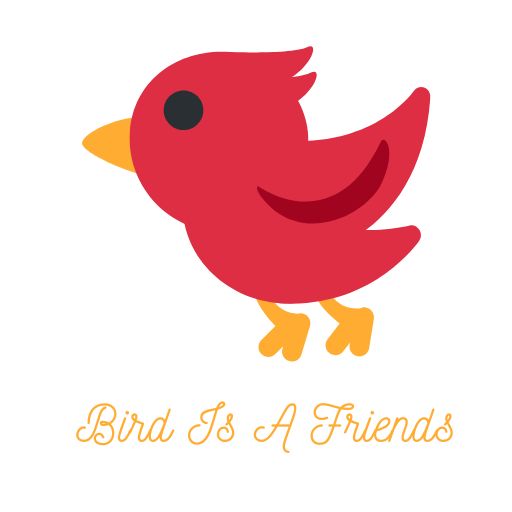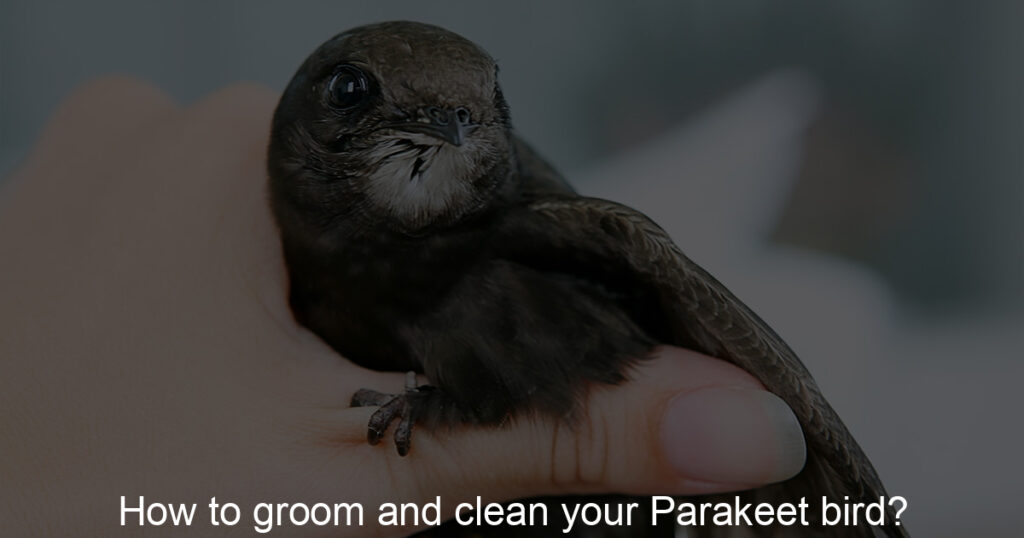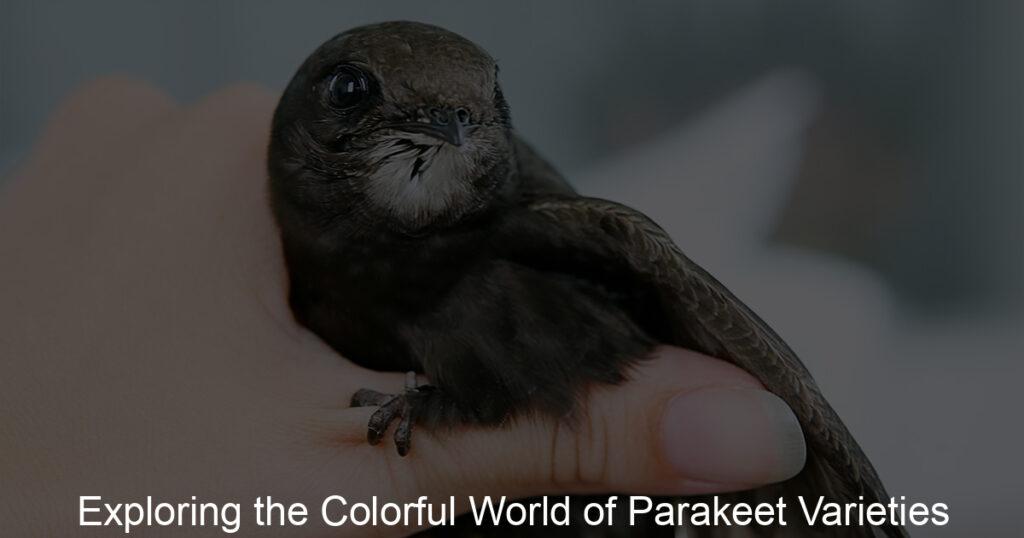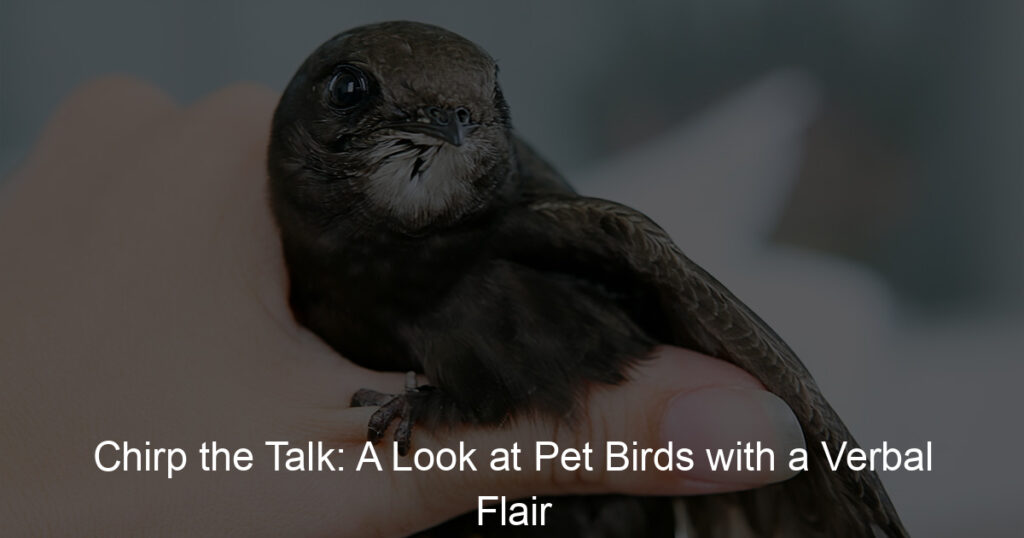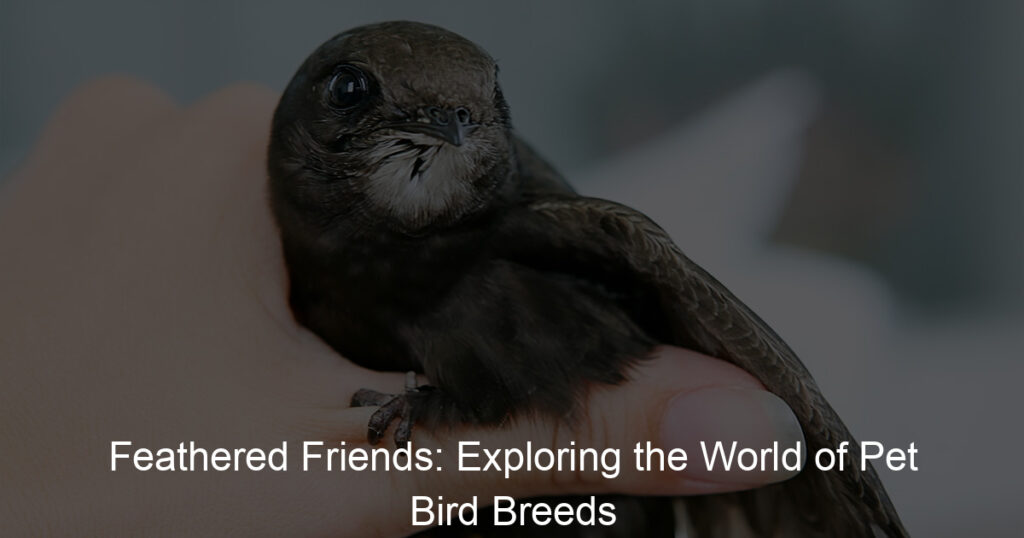As a parakeet owner, you know the joy that comes from watching your feathered friend flutter, hop and chirp around your home. But keeping up with their hygiene is just as important to maintaining their health and happiness.
From regularly cleaning cages to grooming plumage, there’s a lot that goes into caring for these beloved birds. With this blog post, we will provide you with many helpful tips on how to groom and clean your parakeet bird so that it can be its happiest little self!
How do you groom a parakeet?
Grooming a parakeet might seem like a daunting task, but it’s actually quite simple once you get the hang of it. One of the most important aspects of grooming your feathered friend is ensuring that their feathers are in good condition.
This involves keeping them clean and well-trimmed. To do this, you’ll need to regularly bathe your parakeet and trim their feathers as necessary. It’s also important to pay attention to your parakeet’s nails and beaks, which can become overgrown and make it difficult for them to perch or eat.
Overall, with a bit of patience and practice, you’ll be able to keep your parakeet looking and feeling healthy in no time.
How often should I bathe my parakeet?
Parakeets are quite tidy birds, but it’s important to establish a regular cleaning routine for them. In terms of bathing, finding the right balance is key. Bathing your parakeet too often can strip its feathers of natural oils, while not bathing them enough can lead to brittle feathers and skin irritation.
So, how often should you bathe your parakeet? The answer depends on a few factors, like your bird’s activity level and environment. Generally, once or twice a week is enough to keep your parakeet clean and healthy.
However, if you notice that your bird is getting particularly dirty or dusty, you may want to consider increasing the frequency of baths. Whatever you decide, make sure to use lukewarm water and a gentle shampoo designed specifically for birds.
Is there a shampoo for parakeets?
As a bird owner, it’s only natural to want to care for your feathered friend in the best possible way. While you may have a thorough grooming routine in place, one question you may be asking yourself is whether there’s a shampoo specifically designed for your parakeet.
The good news is, yes, there is a shampoo made specifically for birds like parakeets. Unlike typical human shampoo, bird shampoo is formulated with ingredients that are safe for birds to use, and won’t strip their feathers of their natural oils.
With the help of parakeet shampoo, you can keep your bird’s feathers looking clean and healthy, promoting their overall well-being.
How do you dry a bird after a bath?
After a nice bath, birds can be left feeling damp and uncomfortable. So how can you dry them off in a way that’s safe and effective? The first step is to gently towel them off with a soft cloth or paper towel.
Avoid using a hair dryer as this can scare and harm the bird. Instead, you can use a low-heat lamp or place them in a warm room with good air circulation.
Another option is to let them air-dry in their cage or carrier, but be sure to monitor them closely to prevent catching a chill. With a gentle touch and a little bit of patience, your feathered friend will be dry and cozy in no time!
How many times do I feed my parakeet?
As a new parakeet owner, one of the most important things you need to know is how often to feed your feathered friend. While parakeets are generally easy to care for, their diet is crucial to their health and well-being.
Depending on the age of your parakeet, you may need to feed them multiple times a day or just once. As a general rule of thumb, adult parakeets should be fed a high-quality seed mix and fresh vegetables or fruit once a day, while young parakeets require more frequent feedings.
It’s essential to monitor your bird’s weight and adjust its diet accordingly to ensure they stay healthy and happy.
How do I know if my parakeet is hungry?
As a new parakeet owner, it can be tricky to determine your bird’s needs or wants, especially when it comes to its appetite. One sign that your parakeet may be feeling peckish is if they are constantly hopping around its cage or clinging to the bars.
Additionally, if your bird begins to make more noise than usual, this could also indicate that they are hungry and seeking attention. Keep an eye out for other noticeable signs, such as their body language, as they may appear restless or agitated during feeding times.
Ultimately, it’s essential to establish a routine and schedule for feeding your parakeet to ensure they’re receiving the proper amount of food throughout the day.
Do parakeets prefer hot or cold?
Parakeets, also known as budgies, are social and intelligent birds that make great pets. They come in a variety of colors and are known for their playful and curious nature.
But when it comes to temperature preferences, do they lean towards hot or cold? While parakeets are adaptable and can survive in a range of temperatures, they are originally from Australia, where the climate is warm and dry. Because of this, they may be more comfortable in warmer temperatures around 75-85 degrees Fahrenheit.
However, it’s important to monitor their behavior and make sure they aren’t getting too hot or cold, as this can have negative effects on their health. So whether you live in a warm or cool climate, parakeets can thrive as long as their environment is carefully managed.
Wrapping Up
Having a clean and groomed parakeet can provide your bird with a healthy attitude, a great life span, and overall better living conditions. It is worth all the extra effort you have to put in, as it will contribute to your bird’s overall happiness and quality of life.
Cleaning and grooming your parakeet properly requires patience and dedication but it pays off in the end. All the extra effort you exert by regularly cleaning and bathing them will lead them to live happy and healthier lives.
Through consistent practice and routine of keeping their environment clean, taking care of their feathers, helping them take dust baths, or following individualized diet plans; your parakeet will be grateful for everything you do for it. After taking these steps, you will be rewarded with an adorable companion who loves to spend time with you -all thanks to your diligence!
